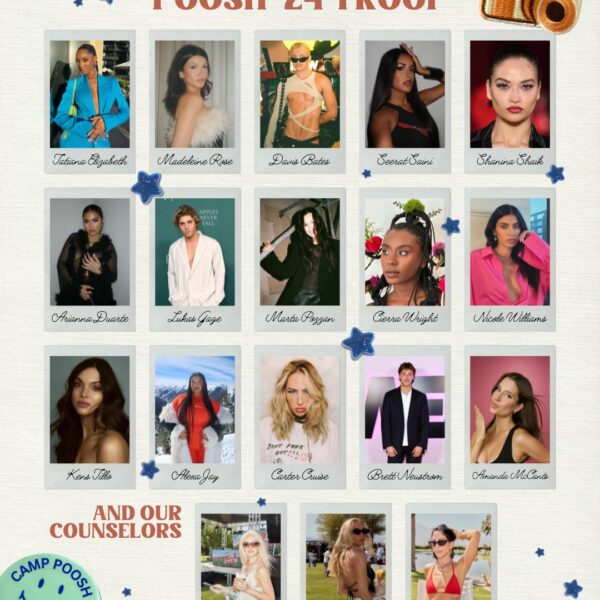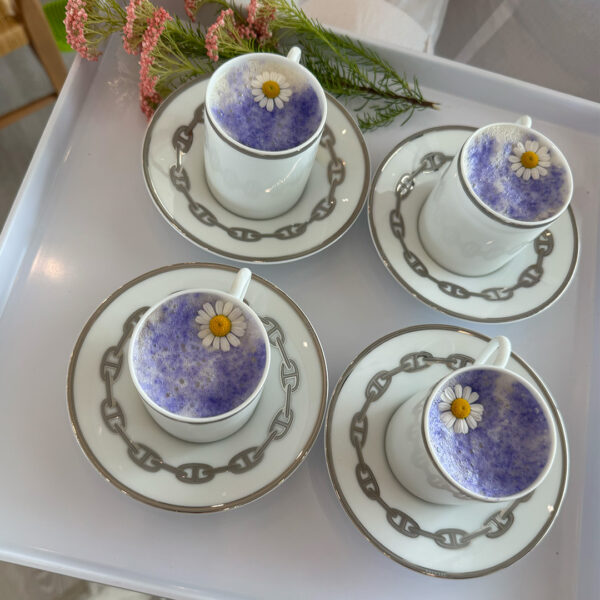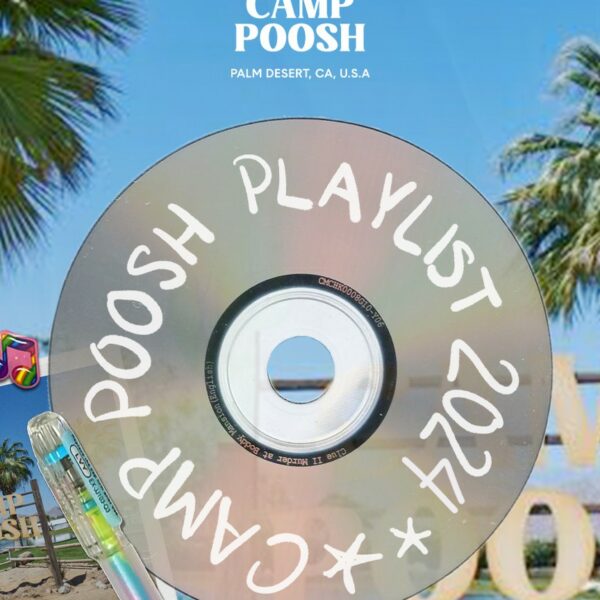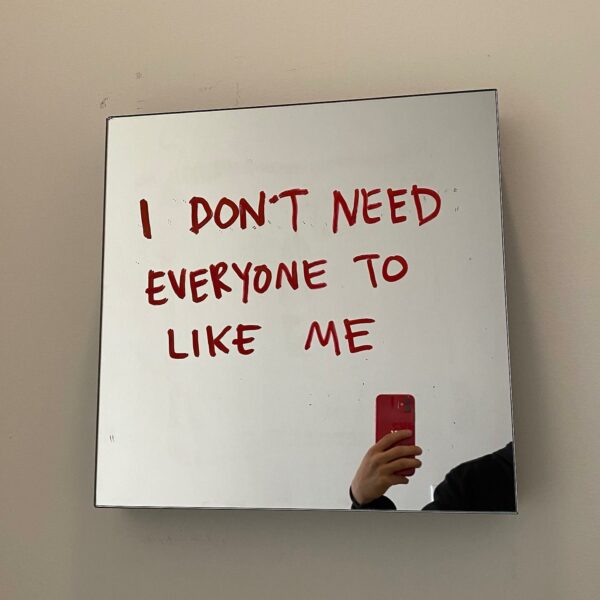We spend our entire lives trying to get to know ourselves better. What makes us the way we are, how we interact with others, how we internalize things, what our blockages are. Personality quizzes online are fun and quirky, but there’s a reason approaches like the Enneagram or Myers-Briggs stay around.
The Myers-Briggs Type Indicator, aka MBTI, is a tool used to theorize reason, meaning, and patterns in the psychology of our behaviors. It is used to make sense of seemingly random paradigms that we continuously actualize in our daily life that create specific, possibly repetitive outcomes, interactions, or relationships. This practice is known as type theory, helping us determine our nuanced personality type, so to speak, so we can be actively aware of our own cause and effect.
Isabel Briggs Myers and her mother, Katharine Briggs, created this particular questionnaire in order to make these psychological types functional and understandable to those not well-versed in psychology or psychiatry. These types help to identify valuable insight into our differences that can lead to misunderstanding or miscommunication. MBTIs are meant to help us understand not only ourselves but the way we interact with the world around us.
MBTIs are determined and defined by letters that indicate a definitive preference. There are four categories of preferences that offer two options for an either/or, 50/50 choice. There are 16 combinations of these four preferences, helping us to see more clearly how we learn, experience, respond to, and operate in the world. Here are the four categories:
If we tend to focus on the world outside of us, the one in front of us, we experience Extroversion, labeled as (E). This means the people we interact with in real-time and the material things we hold in our hands. If we tend to dwell on our inner world and our dream states, we experience Introversion (I). This might mean thoughts or ideas. It’s not as simple as declaring oneself an introvert vs. extrovert—introversion and extroversion are a little more nuanced in the realm of psychology.
When we take the logic in front of us, we tend to focus on the basics of what is clearly indicated. This use of our five senses for understanding information based on our physical reality is Sensing (S). Experience is important to Sensors. If we tend to take the information in front of us and interpret it ourselves or add our own meaning or understanding based on patterns and possibilities, it’s considered Intuition (N). Thoughtful consideration means more than hands-on experiences to Intuitors. Symbols, impressions, and metaphors help illustrate new information.
It’s easy to sense a pattern among these letter indicators, but all combinations of approach and thought are possible, as humans are dynamic and complex beings. When coming to a conclusion, if we take—almost exclusively—logic, experience, and consistency to draw a decision, we are a Thinking (T) type. If we investigate more about the people involved and nuanced circumstances, then we are considered Feeling (F). This does not necessarily mean that Feeling types are more emotional, or that Thinking types are smarter; they’re just different forms of logic. It’s more objective, vs. investigating what is implied. In fact, we’re usually all a combination of both of these things, and we can determine which one is our default.
How do you structure your beliefs?
When it comes to how we arrive at our perceptions of life and relationships, we either tend to want to get things clearly set in stone and have decided before we move forward, which is known as Judging (J), or we like to remain open to variations, fluidity, new opportunities, and information, which is Perceiving (P). This may mean the difference between living a more structured, planned life, or an adaptable and changing way of life.
The combination of our four-choice letters can be determined by taking a test, or at first glance if it resonates with us distinctly, and will be denoted by a four-letter code of sorts. Some therapists or employers may encourage us to take this test to see what approaches might serve our way of thinking best, but no matter the use, it’s always a fun practice to dive deeper into an understanding of the self.
Shop essentials for a 'me' night:
The content provided in this article is provided for information purposes only and is not a substitute for professional advice and consultation, including professional medical advice and consultation; it is provided with the understanding that Poosh, LLC (“Poosh”) is not engaged in the provision or rendering of medical advice or services. You understand and agree that Poosh shall not be liable for any claim, loss, or damage arising out of the use of, or reliance upon any content or information in the article.
Up next, be the first to know our weekly content and sign up for our Poosh newsletter.





































